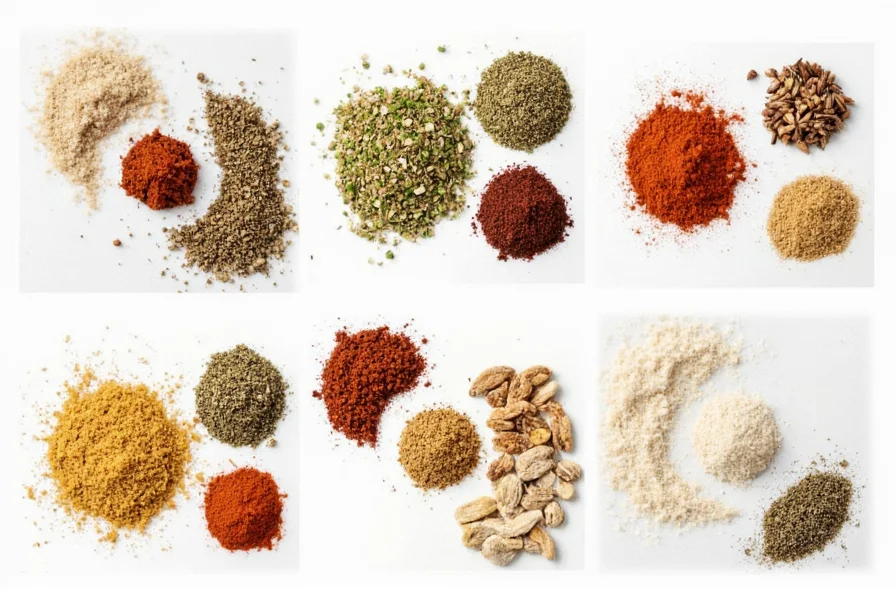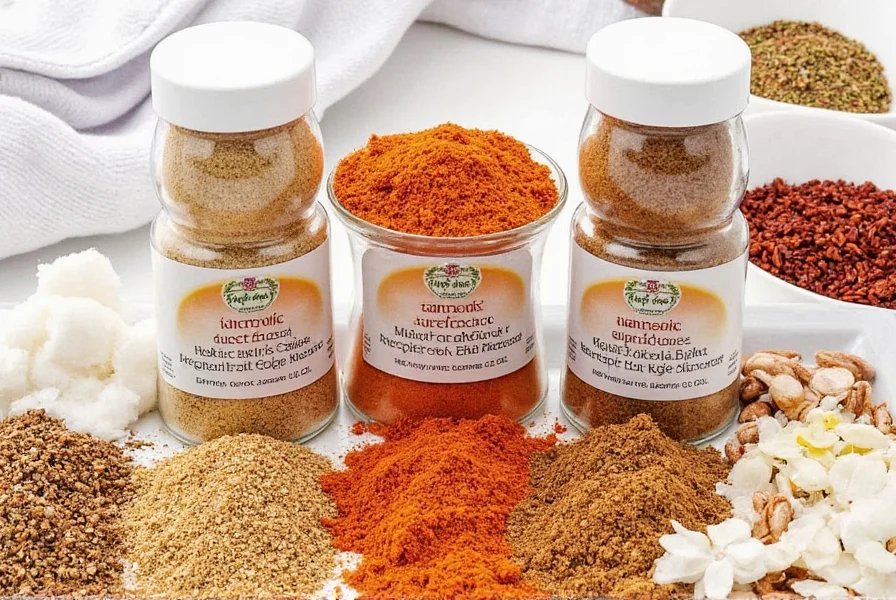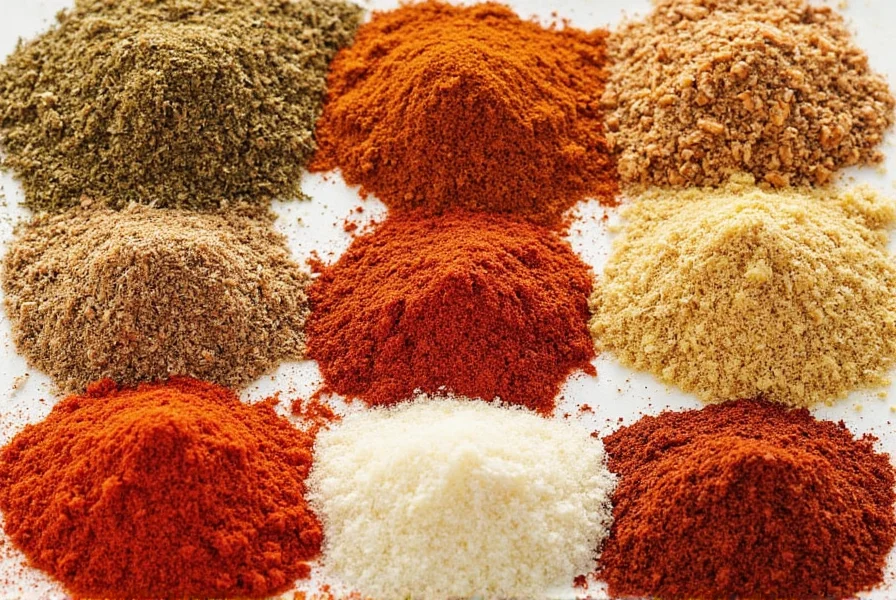Table of Contents
Introduction
When you search for "what are the ingredients" in spices, the answer depends on the specific spice. Here's a detailed breakdown of exactly what ingredients make up common spices and blends, based on verified botanical and culinary sources.

Common Spice Ingredients
Spices are dried plant parts used for flavoring food. Each spice has specific chemical compounds that create its unique taste and aroma. Below are the primary ingredients in popular single-ingredient spices:
- Cinnamon: Contains cinnamaldehyde (60-90%), cinnamic acid, and eugenol. Ceylon cinnamon has higher cinnamaldehyde content than Cassia.
- Paprika: Made from ground dried Capsicum annuum peppers. Contains capsaicin (for hot varieties), carotenoids (for color), and vitamin C.
- Cumin: Contains cuminaldehyde (30-50%), terpenes, and flavonoids. Responsible for its earthy, nutty flavor.
- Ginger: Contains gingerols (fresh), shogaols (dried), and zingiberene. Provides its spicy, pungent flavor.
- Saffron: Contains crocin (for color), picrocrocin (for taste), and safranal (for aroma).
| Spice Blend | Key Ingredients | Primary Chemical Compounds |
|---|---|---|
| Garam Masala | Cumin, coriander, cardamom, cloves, black pepper | Cuminaldehyde, linalool, eugenol, piperine |
| Za'atar | Oregano, sumac, sesame seeds, thyme | Thymol, carvacrol, gallic acid, sesamin |
| Mexican Chili Powder | Dried chilies, cumin, garlic powder, oregano | Capsaicin, cuminaldehyde, allicin, thymol |
| Italian Seasoning | Oregano, basil, thyme, rosemary | Carvacrol, linalool, rosmarinic acid, eugenol |

How to Identify Spice Ingredients
When examining spice labels, look for these key indicators:
- Single-ingredient spices should list only one item (e.g., "100% ground cumin")
- Blends must list all components by name (avoid vague terms like "spice blend")
- Fillers like flour, cornstarch, or anti-caking agents should not appear in quality products
- Botanical names provide precise identification (e.g., "Cinnamomum verum" for true cinnamon)
Frequently Asked Questions
What are the exact ingredients in cinnamon?
Cinnamon contains three primary chemical compounds: cinnamaldehyde (60-90% of its composition, responsible for flavor), cinnamic acid, and eugenol. Ceylon cinnamon (true cinnamon) has higher cinnamaldehyde content than Cassia cinnamon, which contains more coumarin.
What are the main ingredients in garam masala?
Authentic garam masala contains five core ingredients: cumin (providing earthy notes), coriander (citrusy balance), cardamom (floral sweetness), cloves (pungent warmth), and black pepper (spicy heat). High-quality blends may also include nutmeg, mace, or bay leaves.
How can I verify spice ingredients on product labels?
Check for specific botanical names (e.g., "Zingiber officinale" for ginger) rather than generic terms. Quality products will list all ingredients clearly. Avoid blends with "spice blend" as an ingredient or vague terms like "natural flavors." For single spices, the label should read "100% [spice name]" with no additional ingredients.
Why do some spice blends contain fillers?
Fillers like flour, cornstarch, or silica are added to reduce costs and prevent clumping. However, they dilute flavor and may cause allergic reactions. Reputable brands avoid fillers entirely. Look for certifications like "no fillers" or "pure spice" on packaging. The FDA requires all ingredients to be listed, so check the ingredient panel carefully.
What chemical compounds give spices their flavor?
Each spice has signature compounds: capsaicin in chili peppers (heat), cinnamaldehyde in cinnamon (sweet warmth), thymol in thyme (herbal), and piperine in black pepper (pungency). These compounds interact with taste receptors to create specific flavor profiles. Pure spices contain these naturally occurring compounds, while adulterated products may have synthetic replacements.
Conclusion
Understanding the exact ingredients in spices requires knowing both the botanical components and chemical compounds. Whether you're examining a single spice or complex blend, always check for specific ingredient listings rather than vague terms. This knowledge helps you identify quality products and make informed choices for your cooking needs.











 浙公网安备
33010002000092号
浙公网安备
33010002000092号 浙B2-20120091-4
浙B2-20120091-4